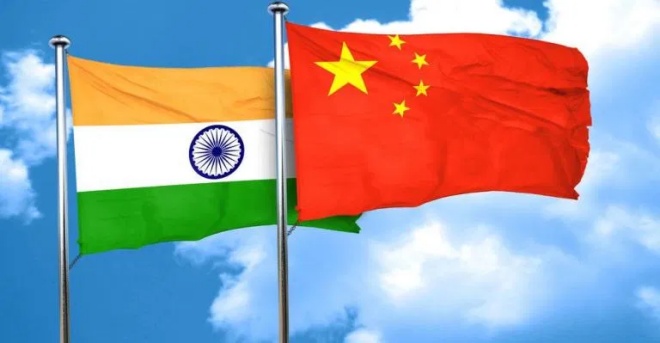Covert and overt aggression has been the hallmark of powerful nations throughout the course of human history and China is emerging as a recent prototype of the tradition of power games. The Wikipedia states the People’s Republic of China as the third or the fourth largest country by area in the world – the country with the largest standing army, and the second largest defense budget. It shares boundaries with 14 countries and border conflicts are not new to China’s history.
The current standoff between India and China in the Galwan River Valley is neither a case in isolation nor is a result of an immediate flare up. Over the years, China has asserted its claim over parts of Arunachal Pradesh and Ladakh (Aksai Chin) with large parts under its control while the largely accepted map of India among its citizens does not hold true to the border reality. China has been steady in its territorial ambition pushing and threatening its neighbors, carving its dominance, and proclaiming new territories. It is a systemic move to establish its stronghold and subjugate sovereign nations to realize its Big Brother role in the region.
While countries have been busy handling the Covid-19 pandemic, China has used this phase to indulge in aggressive action also against Vietnam and Indonesia in the South China Sea region. The country’s fishing vessels along with its armed Coast Guard ships have been hounding Indonesian fishing vessels in the Indonesian waters around the Natuna Island. Indonesia, on the other hand, is avoiding any confrontation as China also happens to be an important economic partner. In a similar incident in April this year, China sunk a Vietnamese boat with eight fishermen on board in the Paracel Islands. Vietnam lodged a formal complaint against China and the U. S. Department of State also raised concern over it.
Though most military aggressions committed by China are covert, the country has an economic stronghold among the most powerful nations that enables it to carve strategic partnerships, which goes a long way in serving its purpose. It is the second largest economy in the world, second only to the United States. A trade war with China has not resulted in any positive outcome for the US, with both the countries imposing tariffs on each other. While China is an export driven economy, yet the US is heavily dependent on China for providing low cost goods to its income-constrained population, which would otherwise struggle to make ends meet. By his own account the US President, Donald Trump admitted that he did not pursue sanction against China over the Uighur crisis as he was ‘in the middle of a trade deal’. It shows the extent to which a country with immense economic power also exudes influence in the socio-political arena.
With China’s recent aggression in the Galwan Valley, sentiments are high in India with raging voices calling for an economic boycott. But would it be a cakewalk for India, as the social media crusaders suggest? Currently, 9 percent of India’s export and 18 percent of the country’s import is dependent on China. If the import data of 70 percent electronic components, 20 percent auto components, 40 percent leather goods, etc., is difficult to understand our dependence on China, then a glance at the common household products from toys to simplest kitchenwares would make us aware of the Chinese goods’ incursion within the precincts of our homes.
Recently, the Chief of Federation of Indian Export Organization (FIEO), Sharad Kr Saraf opined that a ban on Chinese goods is ‘not feasible’. He further added that a retaliatory trade action from China in view of the trade boycott from India, would hurt India more than China.
China’s economic dominance in the world arena needs to be challenged with the right armor in place. India needs more concrete measures than just theatrics of vandalizing and destroying products made in China that are sold by Indian retailers.
The retailers are unwittingly caught in the crossfire of public sentiments and bear the brunt. China has strong economic ties with major world powers, a strategy the country has well exploited to check voices of dissent over its authoritarian regime within and the covert aggression it carries outside its border.
With India’s diplomatic ties hitting a low with Nepal, an immediate neighbor, the development can be crucial in accelerating China’s aggression using the country as a proxy nation to unsettle the region. The Galwan valley coercion is a wakeup call for India to find diplomatic and strategic alliances to strike a balance of power in the region and halt China’s nefarious intentions to dominate the geopolitical boundaries.

